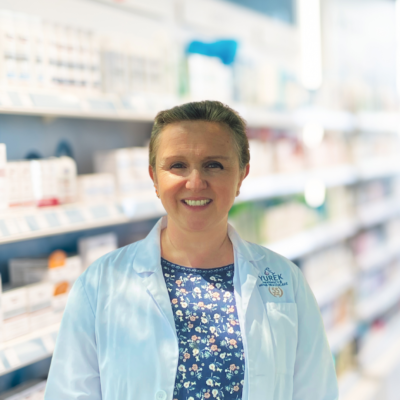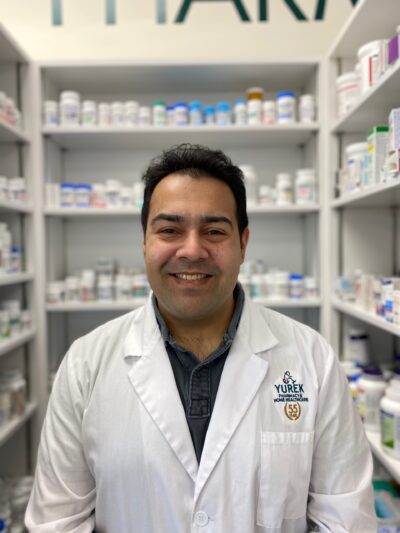By Daria Horbal, Pharmacist
If you’ve ever had school-aged children, your child has likely been exposed to head lice. An infestation used to prompt isolation, old-school remedies like mayonnaise and vinegar rubs, and a dollop of shame because head lice equate to poor hygiene, doesn’t it? It’s time to dispel the myths.
Head lice are small, wingless parasitic insects that live among hair and fur while feeding on their host’s blood. That fact alone can create a scalp full of myths about these tiny pests. For example, lice crawl, they don’t jump or fly, and infestations are usually the result of head-to-head contact or object sharing. They are not the consequence of poor hygiene and, in fact, prefer clean hair.
While feeding, lice leave red bumps on the head, neck, and even shoulders of their host. Those bumps can get itchy (the reason we equate head lice with incessant scratching), but it is possible to have an infection that does not itch.
You can confirm an infestation with a careful head inspection. Use a comb and part the hair every half inch across the scalp and then back to front, looking closely for nits (eggs or young lice) on the hair shaft or tiny bugs on the scalp.
If you confirm that your child has head lice, you should inform their school but likely do not need to keep them home. Treatment options in Canada are effective and include topical insecticides, oral agents, and over-the-counter non-insecticidal products.
For more information about treatment, contact your Yurek pharmacist or the Canadian Paediatric Society (https://cps.ca/en/documents/position/head-lice)








